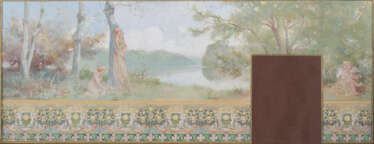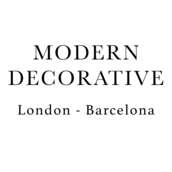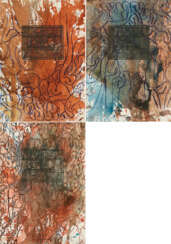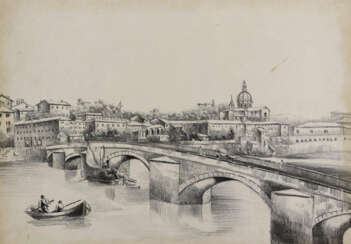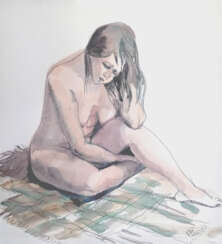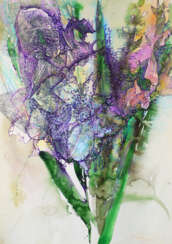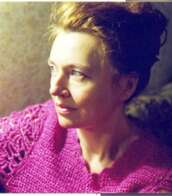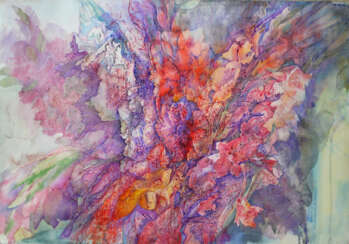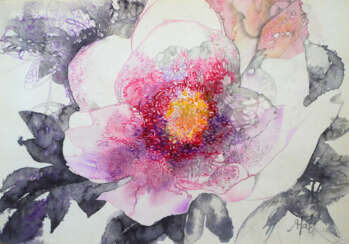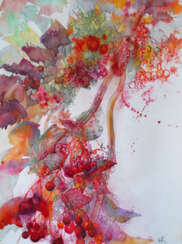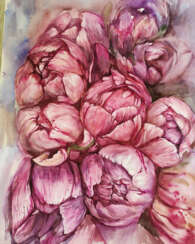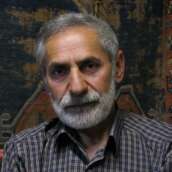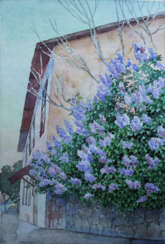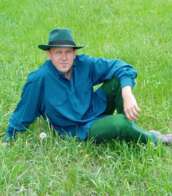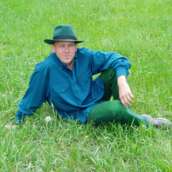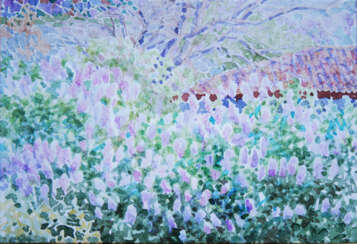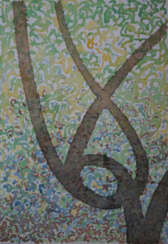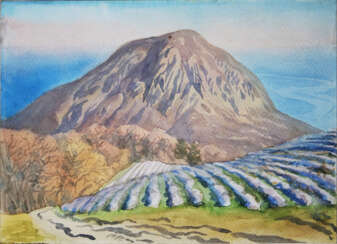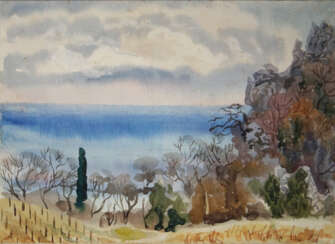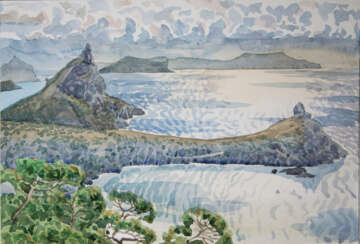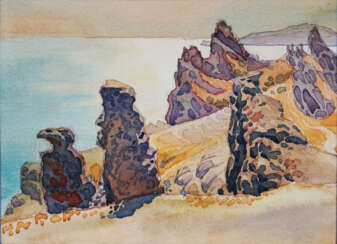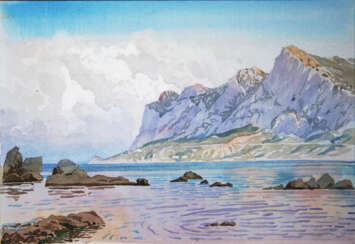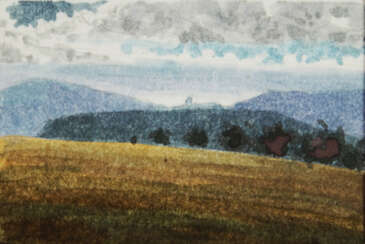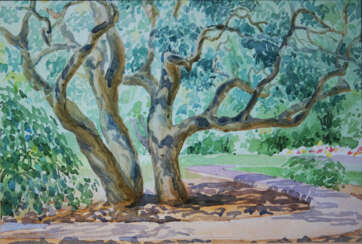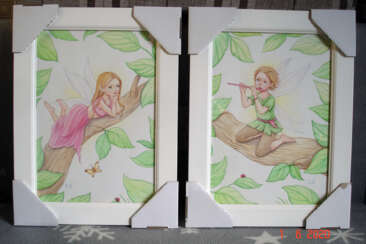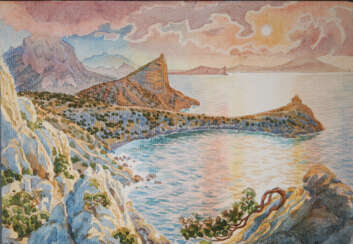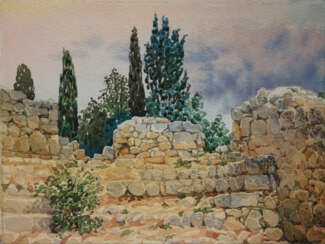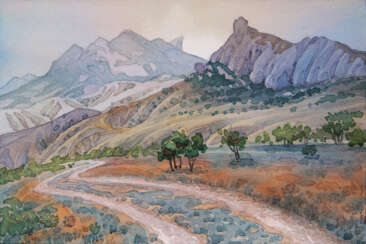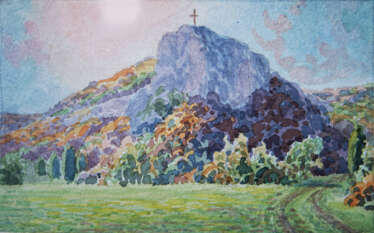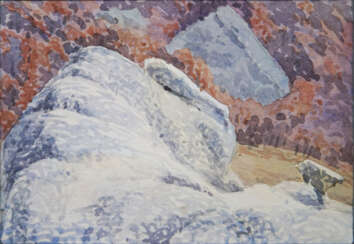61 Items by auctions and galleries:
watercolour/drawings
Lot 64 Hermann Nitsch. Mixed Lot of 3 Prints
Hermann Nitsch (1938 - 2022) 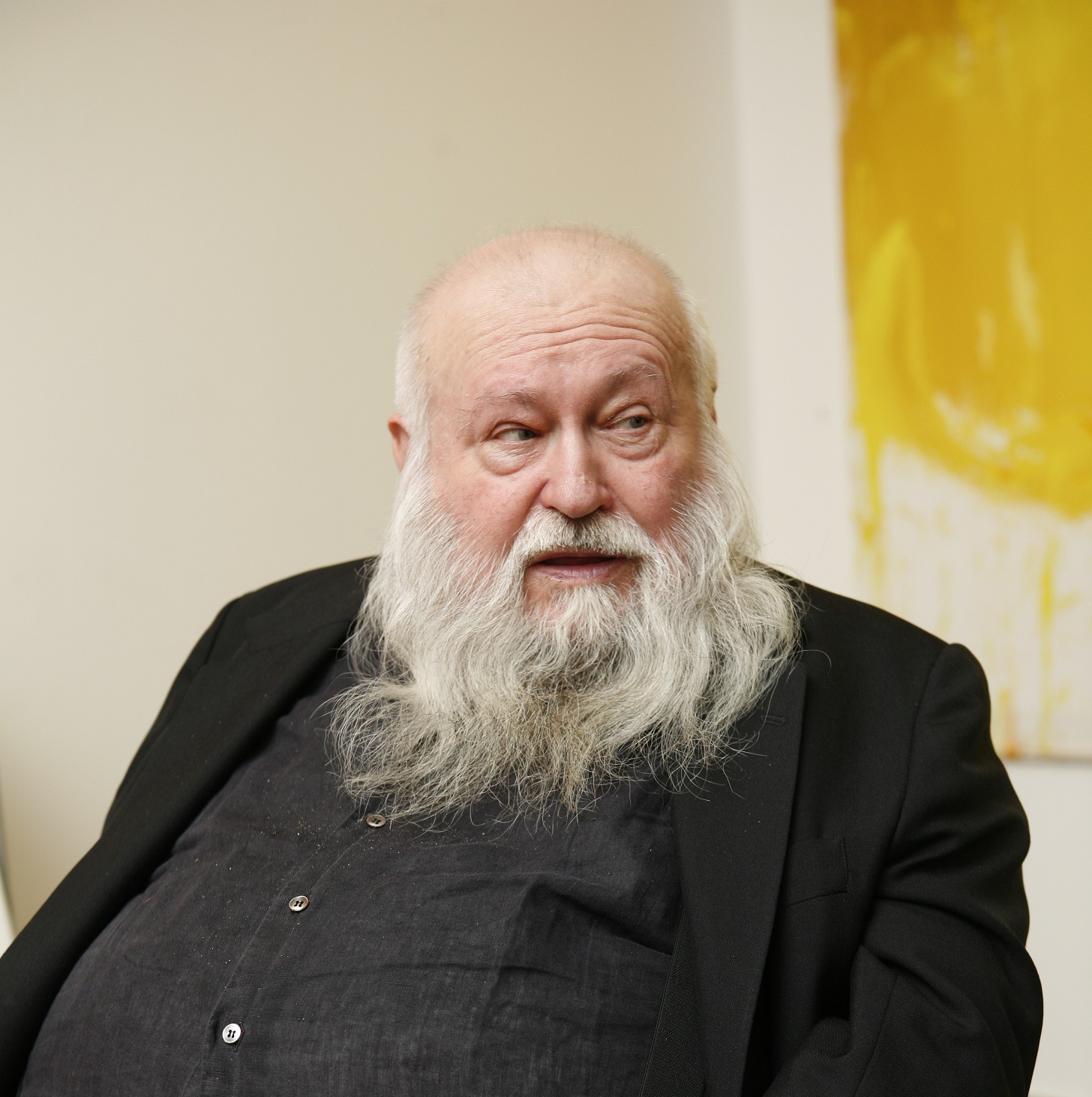 A1272: Prints & Multiples
A1272: Prints & Multiples 
Hermann Nitsch
29.08.1938 - 18.04.2022
Austria
Hermann Nitsch was an Austrian contemporary artist and composer. His art encompassed wide-scale performances incorporating theater, multimedia, rituals and acted violence. He was a leading figure of Viennese Actionism.

VAN HAM Kunstauktionen GmbH
A1272: Prints & Multiples
Date: 06.10.2025 18:00 UTC +02:00
Number of lots in the catalog: 127
Обнаженная
MARINA Havova (b. 1978) 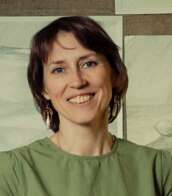 Shop Havova MARINA
Shop Havova MARINA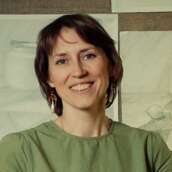

MARINA Havova
11.07.1978
Russia
Я не могу жить без живописи. Я владею разными техниками, но моя пламенная любовь-акварель, живая волшебная краска.
В акварели я стараюсь достичь живой эмоции. Моя цель: достичь слияния с краской, чтобы акварель свободно разливалась по бумаге, создавая желаемые мне образы.
Получая истинное удовольствие от написания каждой картины, надеюсь, что передаю через картину свою любовь!
Стоимость доставки не включена и рассчитывается отдельно для каждого региона доставки. Доставку оплачивает покупатель.

Artist shop
Havova MARINA
Russia
Number of products: 188
Alina Ayusheva (b. 1987) 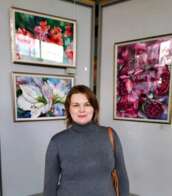 Shop Ayusheva Alina
Shop Ayusheva Alina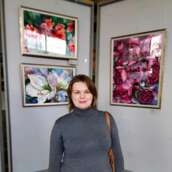

Alina Ayusheva
19.05.1987
Russia
Доброго времени суток.
Меня зовут Алина, я художник-живописец. Выполняю частные заказы по росписи стен. В свободное время рисую работы акварелью, масляными красками и акрилом. Участник городской, региональной выставках г.Челябинска. Тему для моих авторских работ я выбрала цветы. в 2023 году в выставочном зале филармонии г.Челябинска запланирована моя персональная выставка.

Artist shop
Ayusheva Alina
Russia
Number of products: 13
Картины в детскую "Феи". Пара.
Irina Nevshupa (b. 1975)  Shop Nevshupa Irina
Shop Nevshupa Irina

Irina Nevshupa
31.12.1975
Ukraine
Живу и работаю в г. Славутич (Киевская область). Основная специализация - художник-иллюстратор деткой книги уже около 20 лет. Так же занимаюсь росписью детской мебели из дерева, под заказ, и пишу картины.
Мои работы можно посмотреть на сайте :
https://www.facebook.com/NevshupaArt
https://www.instagram.com/irinanevshupa

Artist shop
Nevshupa Irina
Ukraine
Number of products: 18
